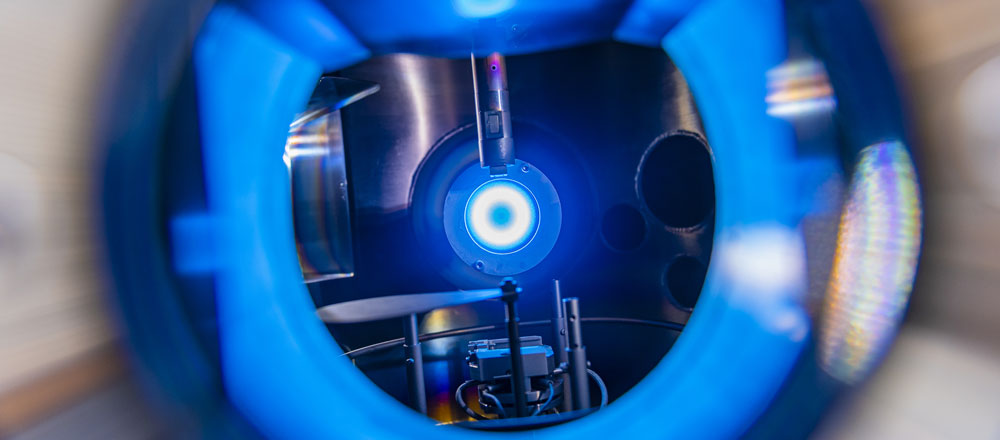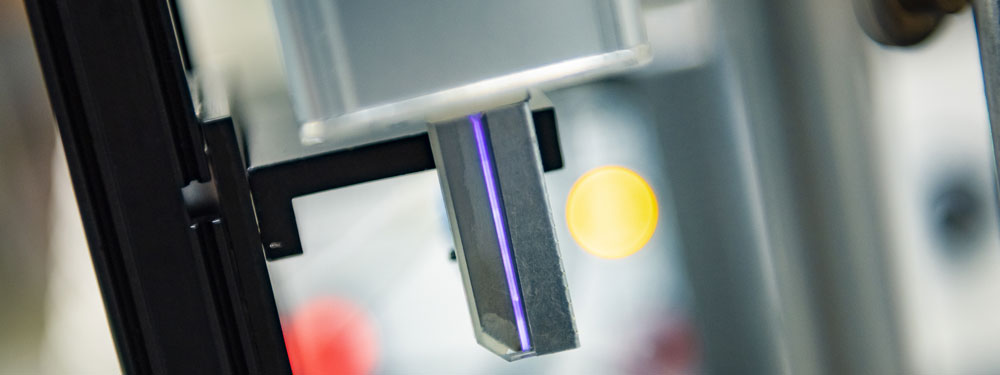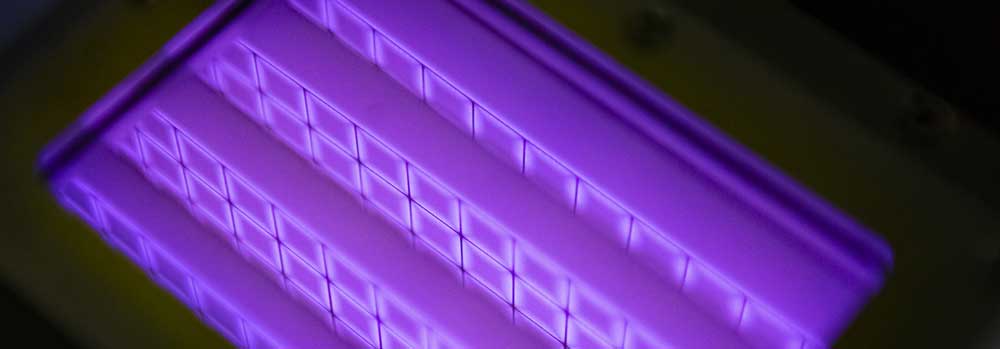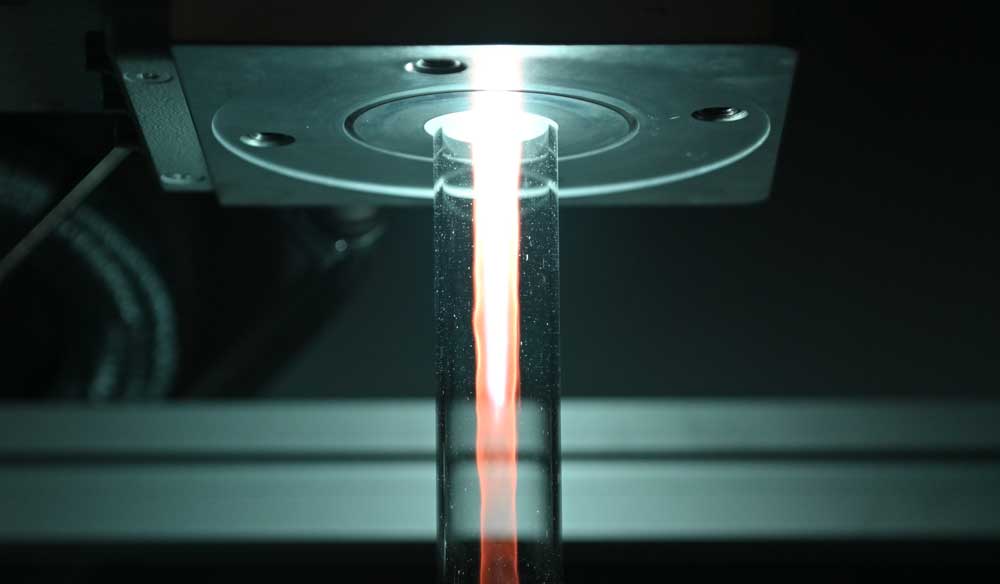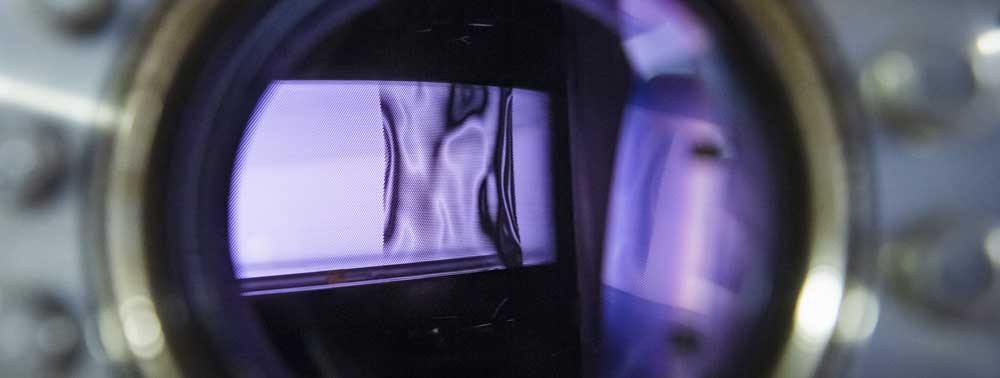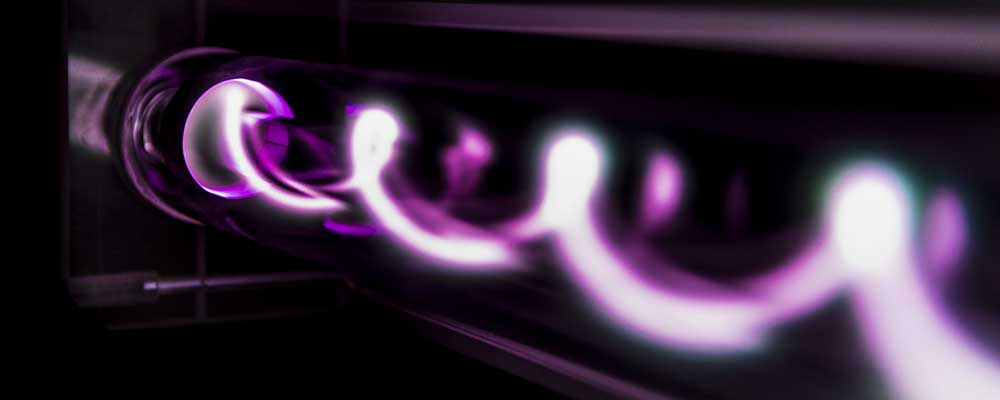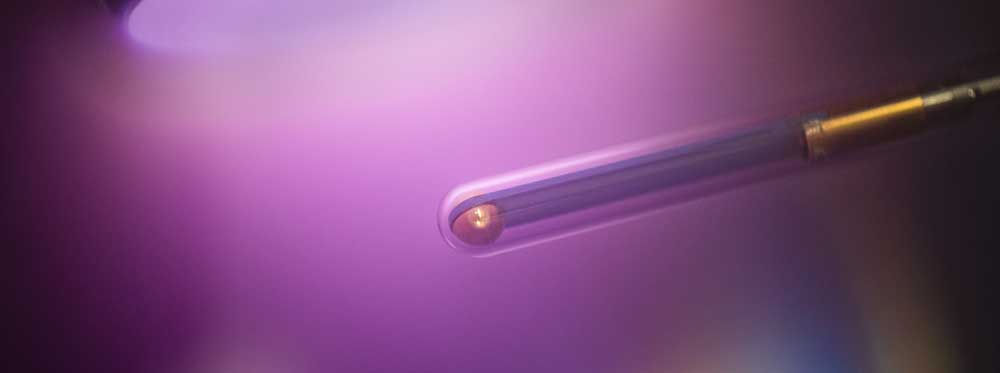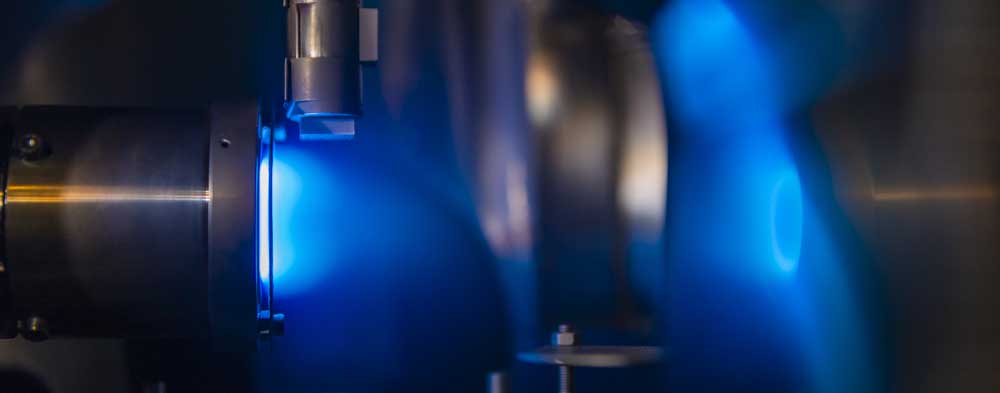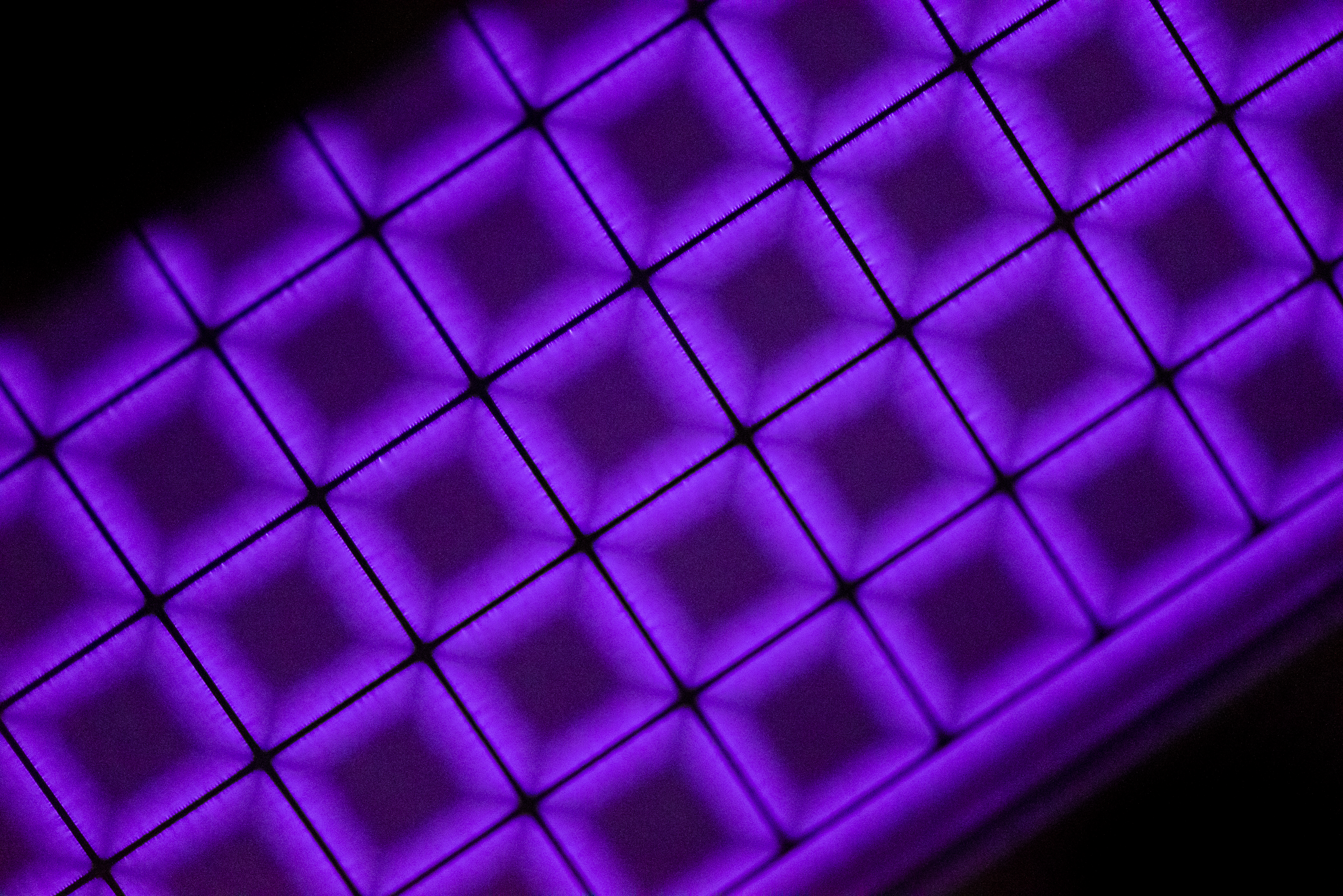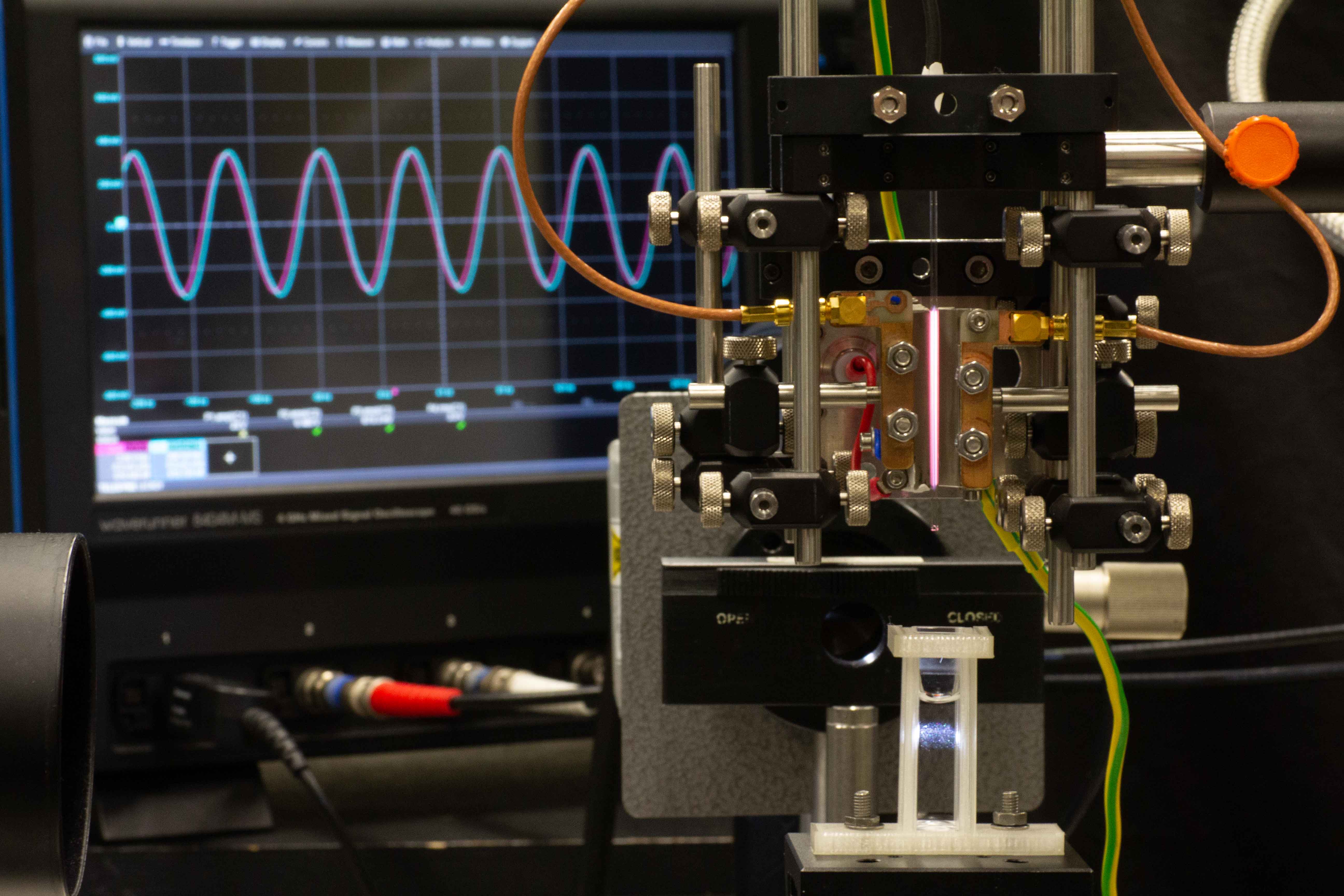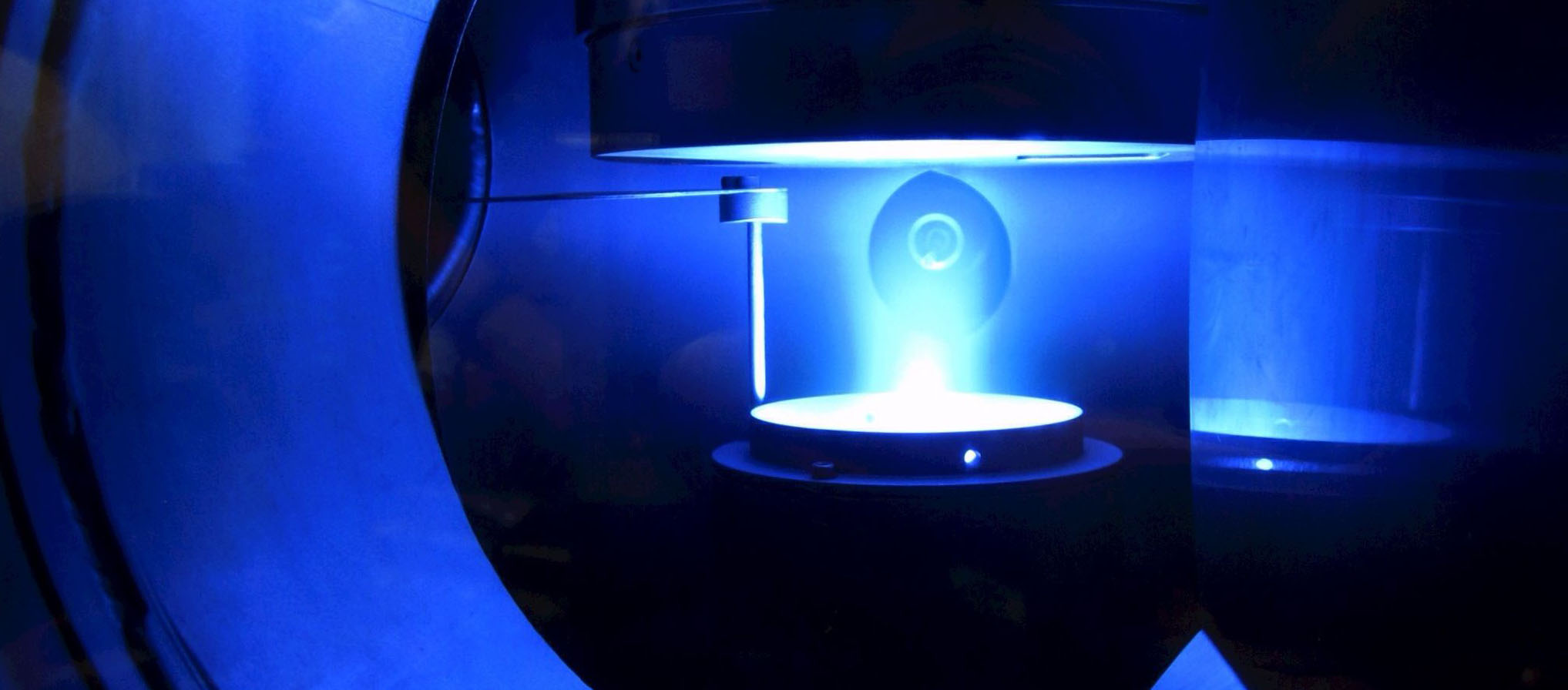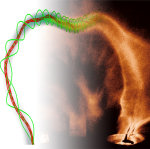- Details
1. MERCUR Winterschule über Plasma-Astroteilchenphysik
Physikzentrum, Bad Honnef, 12.01 - 17.01.2014
Veranstalter: Wolfgang Rhode, Reinhard Schlickeiser & Julia Tjus
http://www.pat.rub.de/en/school.php?lng=de
- Details
EP2
DR. ISABEL TANARRO
As part of the Physics Colloquium, Dr. Isabel Tanarro from Universidad Complutense de Madrid, Spain will give a talk on "Low Pressure H2 Plasmas: The Universe vs. the Lab" on January 20, 2014 (HNB, 12:15 pm). Dr. Tanarro conducts research and works at the Department of Molecular Physics of the Instituto de Estructura de la Materia, CSIC.
PD Dr. T. de los Arcos will give the introduction.
Those interested are welcome to attend!
- Details
TP4
RENAN PICORETI FROM RIO, BRAZIL AT THE RUB
From April 2014 to March 2014, Renan Picoreti from Instituto de Física Gleb Wataghin, Unicamp from Rio, Brazil is visiting Prof. Dr. Julia Tjus (Plasma Astroparticle Physics) to perform his PhD work in the research area "Neutrino Production and Propagation in the Sun and the Solar Atmosphere" in collaboration with her group.
- Details
TP1
DR. BRIAN LACKI
On Tuesday, January 21, 2014, Dr. Brian Lacki from Princeton University New Jersey, USA will give a talk on "Storm and Stress: Supernova-Driven Turbulence and the Chaotic Starburst ISM" starting at 10:15 am in NB 7/67.
Interested parties are welcome to attend!
Abstract: I explain my investigation into how supernovae power turbulence in the ISMs of starburst regions, and the implications for magnetic fields and cosmic rays. In weaker starbursts, supernovae blast open a hot (~40 MK) phase that escapes as a superwind. I calculate that supernovae can drive Mach ~ 1 turbulence in the hot wind. In the densest starbursts, like Arp 220, the volume is instead filled by cold molecular gas. Supernovae alone can drive turbulence in this gas to ~20 - 30 km/s, despite strong radiative losses. I predict magnetic field strengths of 70 microGauss in the Galactic Center starburst, 200 microGauss in NGC 253 and M82, and 2 milliGauss in Arp 220's nuclei. I show how supernova driving of turbulence naturally results in equipartition between several ISM phases in starbursts. I also discuss why CR diffusion may be very slow in these regions. Instead, turbulent mixing by the ISM may transport CRs, a very different process.
- Details
TP1
PROF. DR. FELIX SPANIER
On Thursday, January 9, 2014, Prof. Dr. Felix Spanier from North West University, Potchefstrom, South Africa will give a talk on "Turbulence and charged particle transport: recent advances in numerical simulations" starting at 10:15 am in NB 7/67. He is a guest of FOR 1048.
Interested parties are welcome to attend!
Abstract: The transport of high-energy charged particles in the turbulent plasmas of the heliosphere and the interstellar medium is one of the key problems in cosmic ray physics. Understanding the transport process by means of analytical calculations by the extreme complexity of the non-linear wave-particle interaction charged particles undergo.
In the past many attempt have been undertaken to perform numerical simulations of the transport of charged particles. Most of these attempt have been using artificial turbulence. I will show now our recent model combining incompressible MHD simulations with test particle transport.
I will especially focus on the problems associated with deciphering the pitch-angle diffusion from the tracks of test particles in a turbulent plasma.
- Details
1. MERCUR WINTER SCHOOL ON PLASMA ASTROPARTICLE PHYSICS
This winter school has been held at the Physikzentrum Bad Honnef from 12 to 17.01.2014. The organizers are Wolfgang Rhode, Reinhard Schlickeiser & Julia Tjus. This PhD school consists of block lectures and accompanying exercises, which is intended for further education in corresponding focus areas.
There will be lectures focusing on cosmic ray detection, interaction, and transport. Speakers in these areas include: Giancarlo Brunetti, Brian Lacki, Francis Halzen, Katharina Morik, Günter Sigl, and Eli Waxman.
- Details
EP2
Remi Dussart und Valentin Felix
Dr. Remi Dussart and Master student Valentin Felix from GREMI [Groupe de Recherches sur l'Energetique des Millieux Ionises], Université Orléans, (France) will stay with the RD Plasma from December 18th till 20th, 2013. They work together with Dr. Volker Schulz-von der Gathen and Judith Golda. The cooperative work on the development of microarrays is supported by the DAAD in the frame of a bilateral PROCOPE project (ID 54366312).
- Details
BESUCH AM GREMI
Judith Golda stayed at GREMI [Groupe de Recherches sur l'Energetique des Millieux Ionises], Université Orléans, (France) from October 29th till November 25th, 2013, her supervisor Dr. Volker Schulz-von der Gathen visited GREMI as well from November 15th till 25th, 2013. They work together with Dr. Remi Dussart and PhD student Valentin Felix. The cooperative work on the development of microarrays is supported by the DAAD in the frame of a bilateral PROCOPE project (ID 54366312).
- Details
Junior scientist event WELTPP-16
The 16th Workshop on the Exploration of Low Temperature Plasma Physics (WELTPP-16) will be held in November, 2013 at the old convent Rolduc in Kerkrade. This workshop is intended for active scientists working in the field of low temperature plasma physics.
http://www.tue.nl
- Details
Internationaler Workshops "Wind Bubbles, Astrospheres, Heliosphere: Environments and Cosmic Rays"
The interdisciplinary workshop will give a synoptic overview of the commonality and differences between astrospheres (or stellar wind bubbles) and the heliosphere, as well as the production and leakage of cosmic rays in such 'Spheres'.
Er findet vom 04.11.-08.11.2013 an der RUB mit führenden Wissenschaftler/innen aus 12 Nationen und 3 Kontinenten im Raum Shanghai, IBZ (Beckmann's Hof) statt.
Organisation: PD Dr. Horst Fichtner & Dr. Klaus Scherer
http://helio_cr.tp4.rub.de/Astrosphere
- Details
EP2
DR. DAVIDE MARIOTTI
Dr. Davide Mariotti visited on 16th of October 2013 the group Coupled Plasma-Solid State Systems of Jun.-Prof. Dr. Jan Benedikt. This visit was organized in the frame of Leverhulme Trust lnternational Network Collaboration: "Materials processing by atmospheric pressure plasmas for energy applications", which was awarded to Dr. Mariotti last year and which supports the exchange of knowledge between University of Ulster of Coleraine, Ruhr-University Bochum, Institut Jean Lamour (Nancy), and National Institute of Advanced Industrial Science (Tokyo). Reciprocal visit in Ulster and Nancy has also been organized in the year 2013. Additionally, the PhD candidate Barbara Barwe (on the photo) could visit the group of Dr. Mariotti for one week in July 2013. The collaboration activities concentrate mainly on the development of atmospheric pressure plasma sources for generation of nanoparticles.
